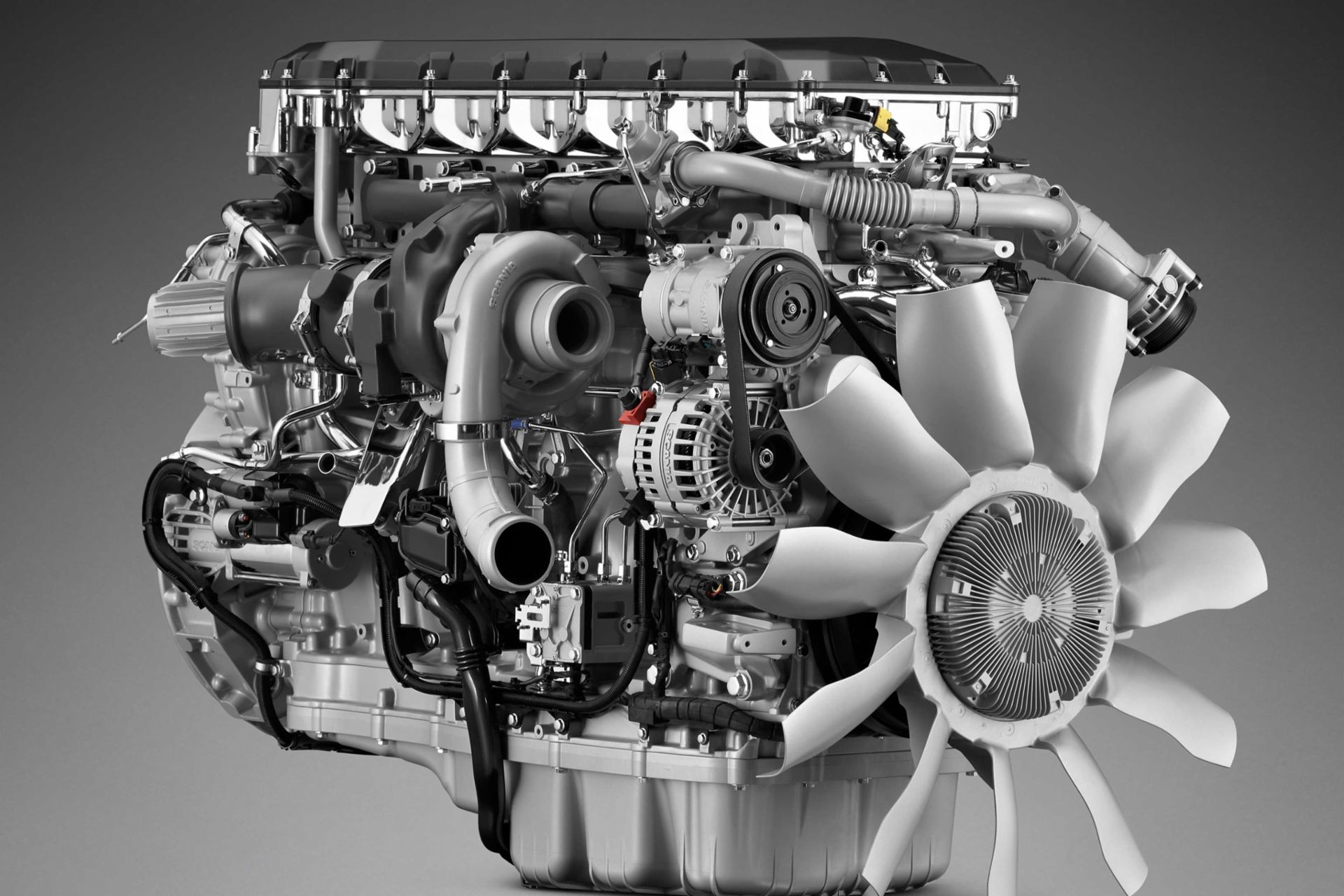The Pursuit for Ultimate Driving Power: Checking Out the Peak of Engine Efficiency and Technological Breakthroughs in the Automotive Sector
In the world of vehicle engineering, the search of maximum driving power has actually been a ruthless mission that has unfolded through the advancement of engine layout and the integration of innovative technologies. From the careful craftsmanship of combustion engines to the fast improvements in electrical propulsion systems, the auto sector stands at the cusp of a brand-new period defined by unmatched efficiency abilities.
Advancement of Engine Layout

In addition, the combination of turbocharging and supercharging modern technologies has actually changed engine design by improving power without significantly boosting engine dimension. These forced induction systems press the consumption air, permitting for even more gas to be ignited, thus creating higher power result from a smaller sized engine. This improvement has been especially important in improving the efficiency of smaller displacement engines while keeping gas performance criteria.

Performance-Enhancing Gas Technologies
The implementation of sophisticated gas innovations has substantially contributed to improving engine efficiency in modern-day cars. Biofuels, acquired from renewable resources like algae, corn, or sugarcane, offer lowered discharges and boosted engine performance. Additionally, gas ingredients and detergents are being developed to tidy engine parts, optimize combustion, and lower friction, thus enhancing overall car performance.
Advancements in Electric Propulsion
Considerable strides in electrical propulsion modern technology have transformed the vehicle sector, paving the way for a new age of reliable and lasting transportation. Electric cars (EVs) are getting appeal because of their ecological advantages and advancements in battery innovation, making it possible for longer driving arrays and much shorter billing times. Makers are spending greatly in r & d to boost the efficiency of electrical propulsion systems, concentrating on raising power result, boosting power effectiveness, and lowering total weight.
One noteworthy development in electric propulsion is the development of advanced electric motors that deliver greater torque and power density, resulting in boosted velocity and general driving performance. Additionally, regenerative stopping systems have been refined to record and keep energy during slowdown, additional increasing the performance of EVs.
Furthermore, the integration of clever innovations, such as synthetic knowledge and predictive analytics, is optimizing the management of electrical propulsion systems, making sure optimal efficiency under various driving problems. These improvements in electric propulsion are improving the vehicle landscape, driving the industry in the direction of a more lasting and amazed future.
Impact of Computational Liquid Dynamics
With innovations in electric propulsion pressing the boundaries of auto modern technology, useful source the integration of Computational Liquid Dynamics is playing a crucial function in maximizing aerodynamic efficiency and improving total efficiency in automobile design. Computational Liquid Characteristics (CFD) includes making use of computer system simulations to analyze the flow of air around a lorry, allowing designers to predict just how design modifications will certainly affect the rules of aerodynamics without the demand for pricey physical prototypes. By accurately modeling airflow patterns, CFD allows for the improvement of car forms to decrease drag, enhance cooling, and improve stability.
One trick benefit of utilizing CFD in automobile layout is the capacity to repeat rapidly, checking out countless layout variations to determine the most aerodynamically efficient remedies. This iterative process causes lorries that are not only sleeker and more visually enticing but likewise extra fuel-efficient and eco friendly. CFD makes it possible for designers to maximize air flow around components such as radiators, engine bays, and wheel wells, contributing to enhanced efficiency and total driving experience. In final thought, the combination of Computational Liquid Dynamics stands for a substantial action forward in the mission for utmost driving power and performance in the automotive market.
Future Patterns in Engine Development
In the vibrant landscape of automobile design, sophisticated innovations are shaping the future trajectory of engine advancement. The future of engine design is noted by a strong emphasis on performance, sustainability, and effectiveness. Makers are significantly concentrating on creating engines that not just provide high power results yet also prioritize ecological responsibility by boosting and minimizing emissions gas efficiency.
One popular trend in engine advancement is the rise of electrification. Hybrid and electrical powertrains are acquiring traction as sensible choices to conventional burning engines. These innovations use the capacity for significant decreases in carbon exhausts and raised energy effectiveness, aligning with worldwide efforts to battle environment modification.
In addition, developments in products scientific research and production strategies are enabling the manufacturing of lighter and more durable engine elements. This shift in the direction of light-weight products such as carbon fiber and light weight aluminum alloys adds to boosted performance and fuel economy.
Conclusion
Finally, the quest of best driving power in the vehicle field remains to drive advancements click reference in engine design, gas innovations, electrical propulsion, and computational liquid characteristics. The evolution YOURURL.com of these innovations is forming the future of engine advancement, paving the method for extra powerful and reliable lorries (engines for africa). As the market proceeds to press the limits of what is possible, we can expect to see a lot more revolutionary growths in the pursuit for peak efficiency
One of the crucial turning points in engine design evolution is the change from traditional carbureted engines to modern-day fuel-injected systems. By precisely metering the gas shipment to each cylinder, fuel-injected engines maximize burning, resulting in better performance and decreased environmental influence.
Furthermore, the combination of turbocharging and supercharging innovations has revolutionized engine layout by improving power without considerably increasing engine size (engines for africa).The execution of advanced gas modern technologies has actually substantially added to enhancing engine efficiency in modern automobiles. In addition, fuel additives and detergents are being developed to clean engine parts, maximize combustion, and decrease friction, thus enhancing general car performance